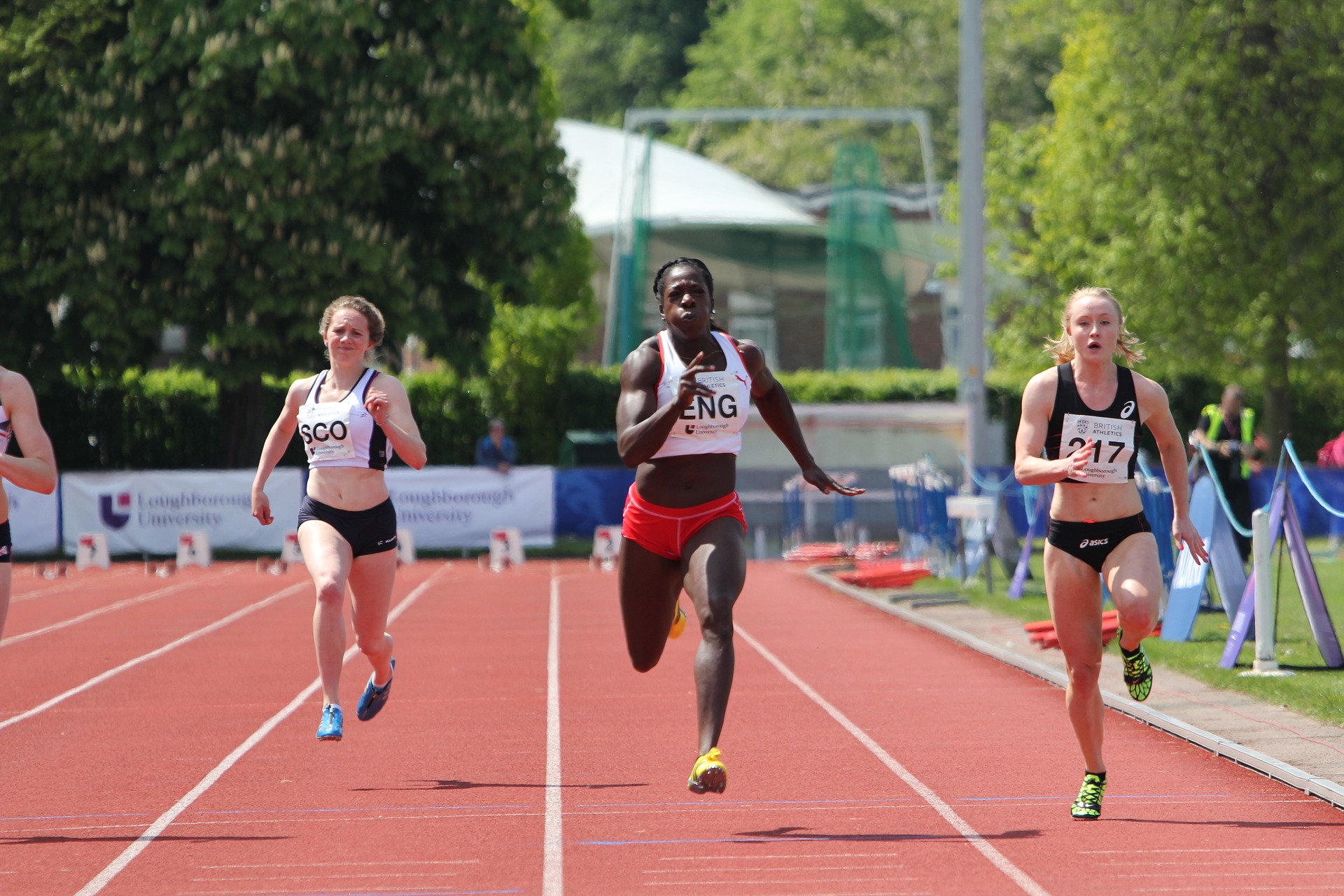Foam rollers have been pushed as a recovery tool for a number of years. However, despite the claims and the marketing there has been little research to support or refute the perceived benefits. There are several articles out this month, between Medicine and Science in Exercise and Sports and the Journal of Strength and Conditioning Research which examine the effectiveness of foam rollers.
In the January issue of MSSE, Macdonald et al (2014) had subjects perform 10×10 back squats with 60% of their 1-RM. They then made a number of measurements on their subjects right after the session, 24 hours after, 48 hours after, and 72 hours after. They found that:
- The training protocol was fatiguing. It resulted in decreases in quadriceps range of motion, twitch force, rate of force development, peak twitch force, vertical jump, maximum voluntary contraction force, and muscle activation.
- Looking at the impact of the foam roller on recovery, things are interesting:
- Compared to the control group, the foam rolling group experienced “less” muscle soreness. For example, at 24 hours post the foam rolling group had a muscle soreness level that was almost 550% greater than baseline, but the control group was almost 720% above baseline. This is consistent up until 48 hours post, where both groups are essentially equal.
- Foam rolling reduced twitch force during recovery, increased quadriceps and hamstring range of motion during recovery, reduced rate of force development compared to the control group (which slowed it down), foam rolling increased vertical jump height during recovery
In other words, the results find a beneficial effect to using the foam roll for recovery after this training session. I find this interesting because there are subjective measures that you could rationalize to a placebo effect (e.g. I used the foam roller so I’m less sore), but there are also objective measures that are a little stronger. The authors postulate that the beneficial impact of the foam roller on recovery is through its treatment of connective tissue.
To me this is the most interesting of the studies that are out this month on foam rolling. It’s interesting because it’s the major way that foam rollers are employed in the field. It’s also interesting because there are objective recovery measures (twitch force, range of motion, rate of force development, etc.). I went into this article thinking that much of the foam rolling craze was hype. But after reading it I have a more open mind about this.
Macdonald, G.Z., Button, D.C., Drinkwater, E.J., and Behm, D.G. (2014). Foam rolling as a recovery tool after an intense bout of physical activity. Medicine and Science in Exercise and Sports, 46(1), 131-142.




1 thought on “Are Foam Rollers Hype?”
Very interesting! I’ve questioned the mass foam rolling craze myself, but more so in the warm-up rather than recovery windows.
Comments are closed.